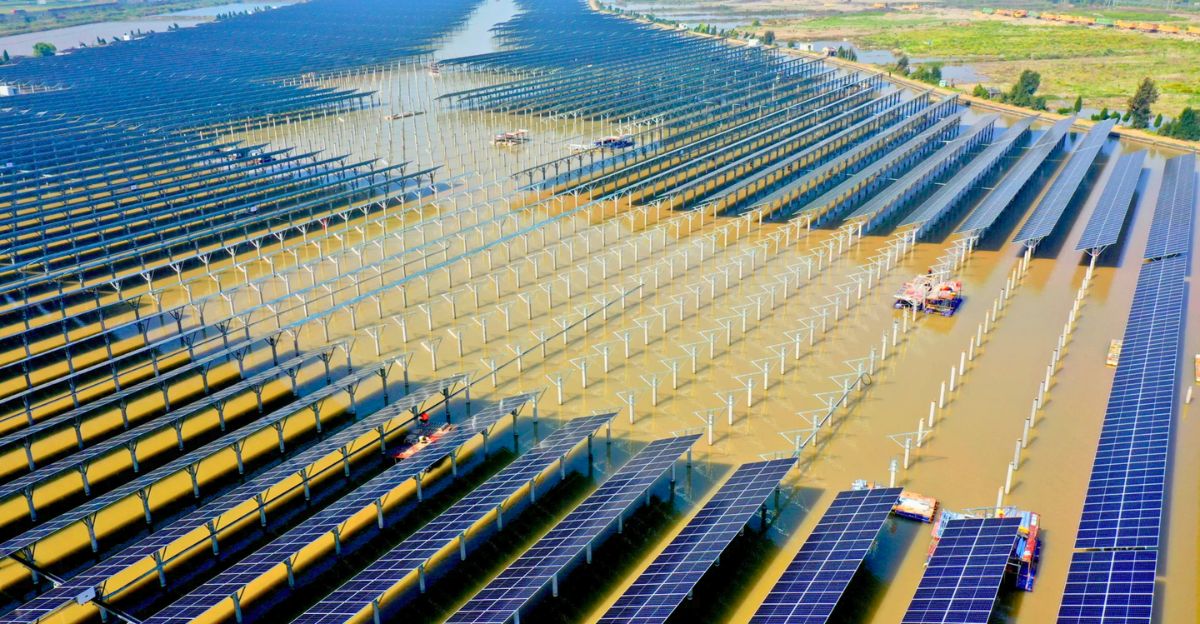
The world often focuses on military might or economic dominance when assessing power shifts. However, a quieter yet equally profound transformation is underway in China: its deployment of clean energy technology across the globe. In a move that is set to reshape the clean energy landscape, China is quietly rewiring the Global South one nation at a time. Now, we ask what are the implications of this shift, the potential challenges and opportunities it presents, and how this affects the environment and our planet’s wildlife.
The New Energy Equation
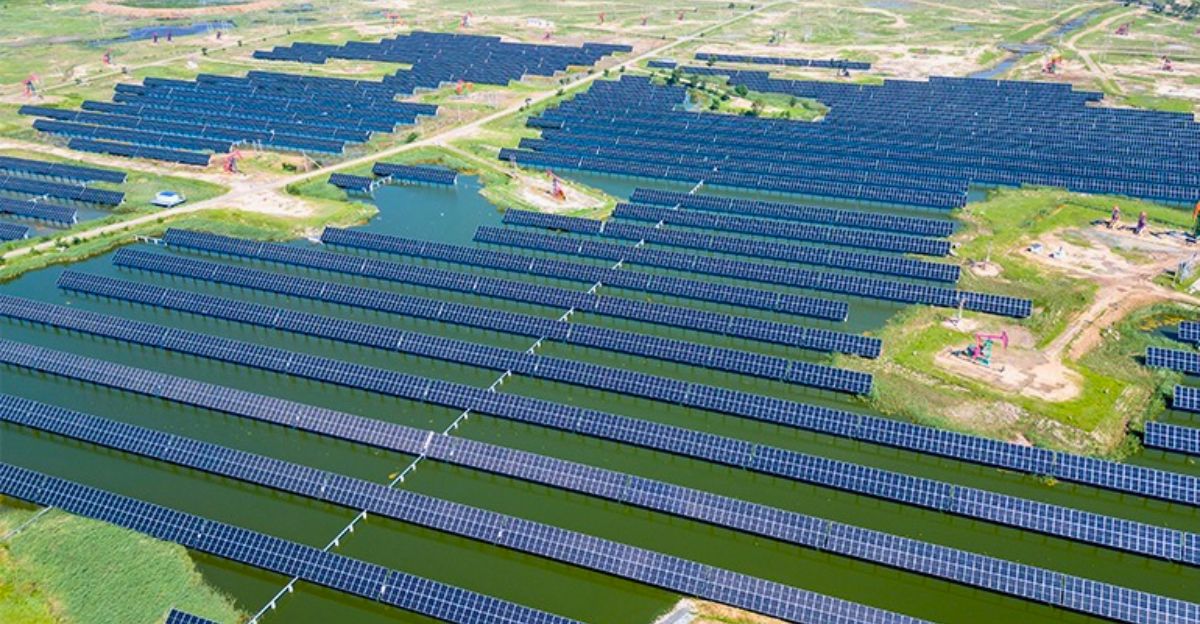
Traditionally, energy has been synonymous with hydrocarbons, such as oil, gas, and coal, which have been known to have negative effects on the environment and wildlife, and nations rich in these resources have significant global influence. However, the rise of clean energy, particularly solar and wind, is disrupting this established order. Now, China is the leading producer of solar panels and is poised to capitalize on this shift, offering energy solutions to nations that have previously only been able to depend on fossil fuels.
China’s Solar Supremacy
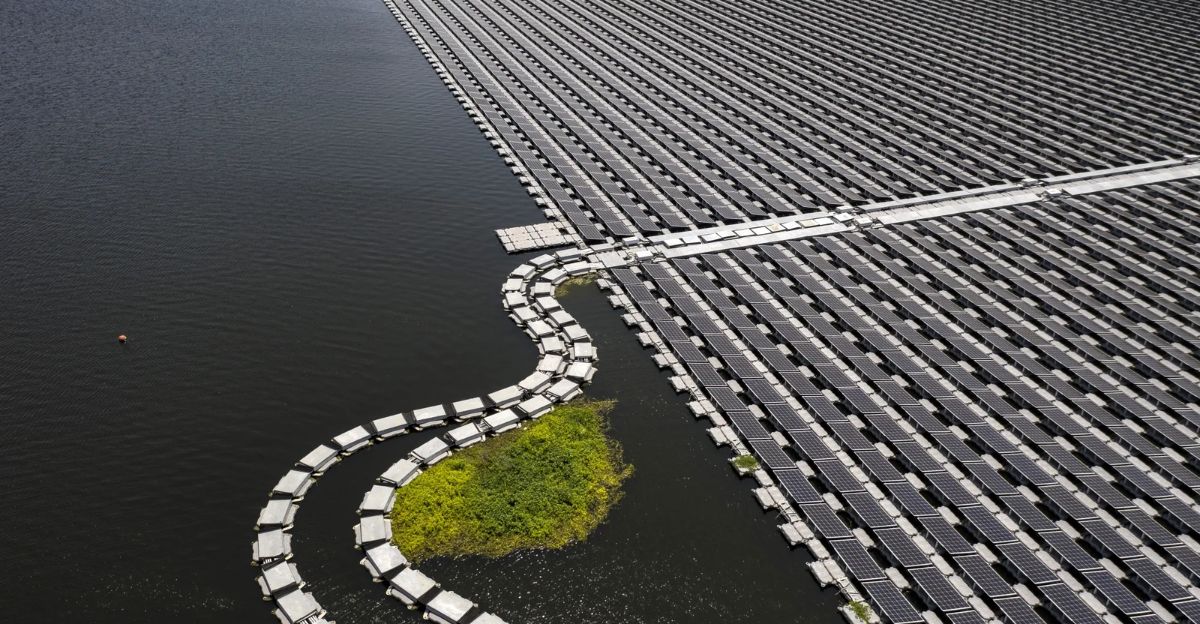
China produces three-quarters of the world’s solar panels, and this dominance in production is not accidental: it’s the result of strategic industrial policies, massive investments in research and development, and a relentless pursuit of economies of scale. This has seen China installing more solar, wind, and nuclear power than the rest of the world combined, dwarfing other nations and allowing it to offer solar technology at competitive prices, while also decreasing its carbon footprint and impacts on native species, habitats and whole ecosystems.
Global South’s Energy Thirst

Many nations in the Global South (countries in Africa, Latin America, Asia, and parts of Oceania) have long suffered from energy poverty, which hinders their economic development. The high cost of imported fossil fuels has been a major obstacle, and China’s affordable renewable energy solutions offer a way out of this costly trap. Additionally, many of these countries have rich wildlife, making the shift to clean energy sources important in the move towards more sustainable practices. Thus far, countries like Brazil, Pakistan, and India are already among the top importers of Chinese solar panels.
Countries Taking on Clean Energy
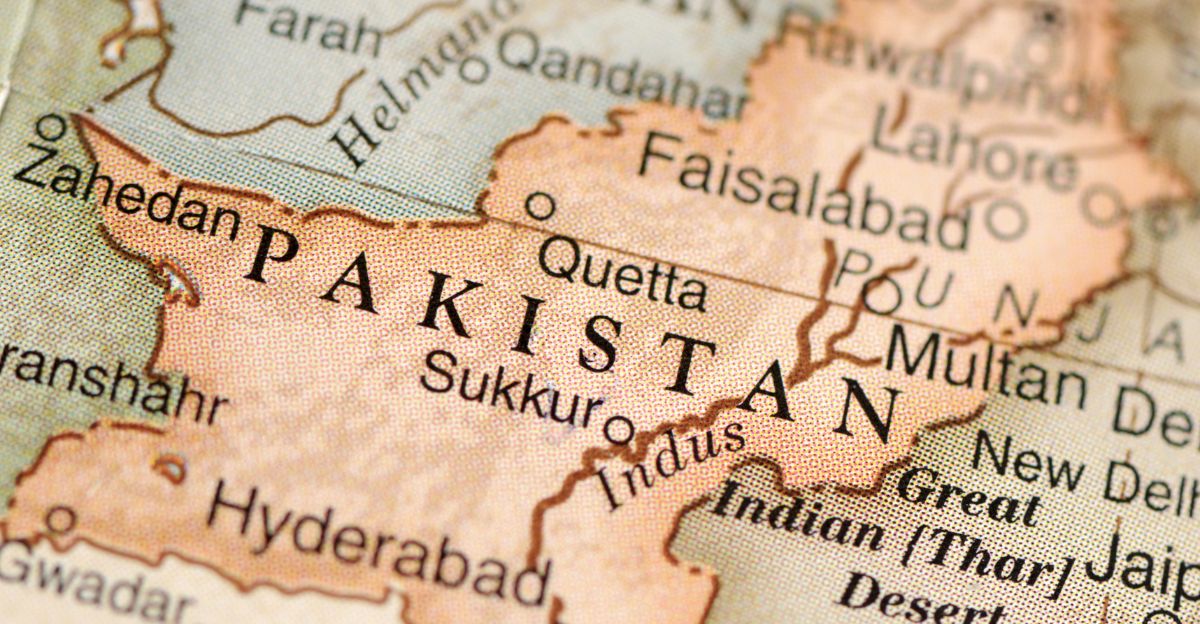
Pakistan provides a compelling example with its solar imports from China, which could potentially supply a significant portion of its grid power, roughly 13%. This import of affordable solar energy could stimulate economic growth, improve living standards, and reduce Pakistan’s reliance on expensive fossil fuel imports. Outside of Pakistan, other countries are hopping on the clean energy bandwagon, with the likes of Brazil, Chile, Morocco, and Nigeria purchasing enough solar panels to power up to 5% of their grids.
Beyond Solar: Wind, Hydro, and the Energy Mix
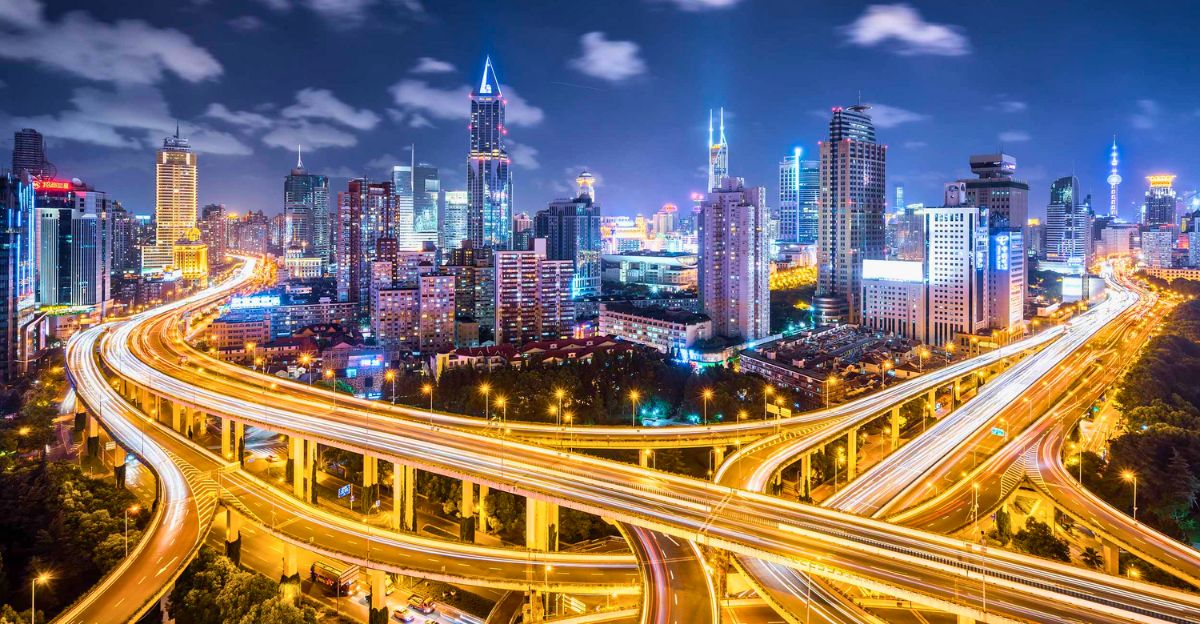
While solar energy is at the center stage, China’s influence extends to other renewable energy sources as well. China is also a leader in hydropower and is rapidly expanding its wind energy capacity. In diversifying its approach, China can offer comprehensive energy solutions tailored to the specific needs of different countries in the Global South, placing them as the front runner in rewiring the Global South with clean energy.
Infrastructure as Influence

China’s involvement often goes beyond simply selling technology, as local companies are actively involved in building energy infrastructure in the Global South. This includes building power plants, transmission lines, and smart grids, deepening economic ties, creating long-term dependencies, and, ultimately, furthering China’s influence in the Global South.
The Debt Trap Narrative

While many nations in the Global South actively seek Chinese investment, viewing it as a crucial catalyst for development, critics often raise concerns about China’s lending practices, warning nations of potential debt traps. However, the alternative is to continue being dependent on expensive and environmentally damaging fossil fuels, sparking a debate about the long-term implications of China being the only nation willing to build clean energy infrastructures. Will more and more nations fall into China’s debt trap in their efforts to adopt sustainable energy practices?
A Shifting Balance of Power

As China strengthens its energy ties with the Global South, the geopolitical landscape is shifting as well. Nations that once relied on Western energy sources (mainly that of fossil fuels) are now turning to China. This shift could significantly decrease Western influence and create new power dynamics on the global stage, altering international alliances and trade agreements.
The U.S. Response
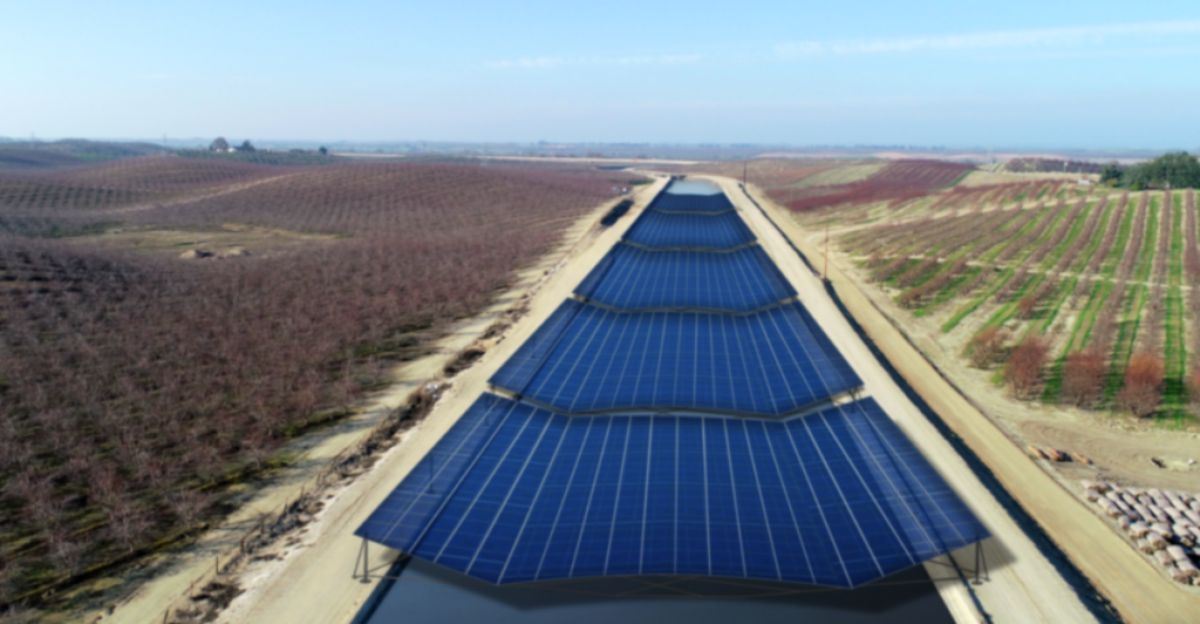
The United States has responded to China’s rise with protectionist measures. Thus far, they have placed tariffs of 60% on Chinese-made solar panels and 110% on electric vehicles. When looking at the scale of new trade, imports of solar panels from China to the U.S. are so low that they barely show up. However, these measures may be counterproductive as they hinder the implementation of clean energy and leave nations in the Global South reliant on China.
Environmental Considerations
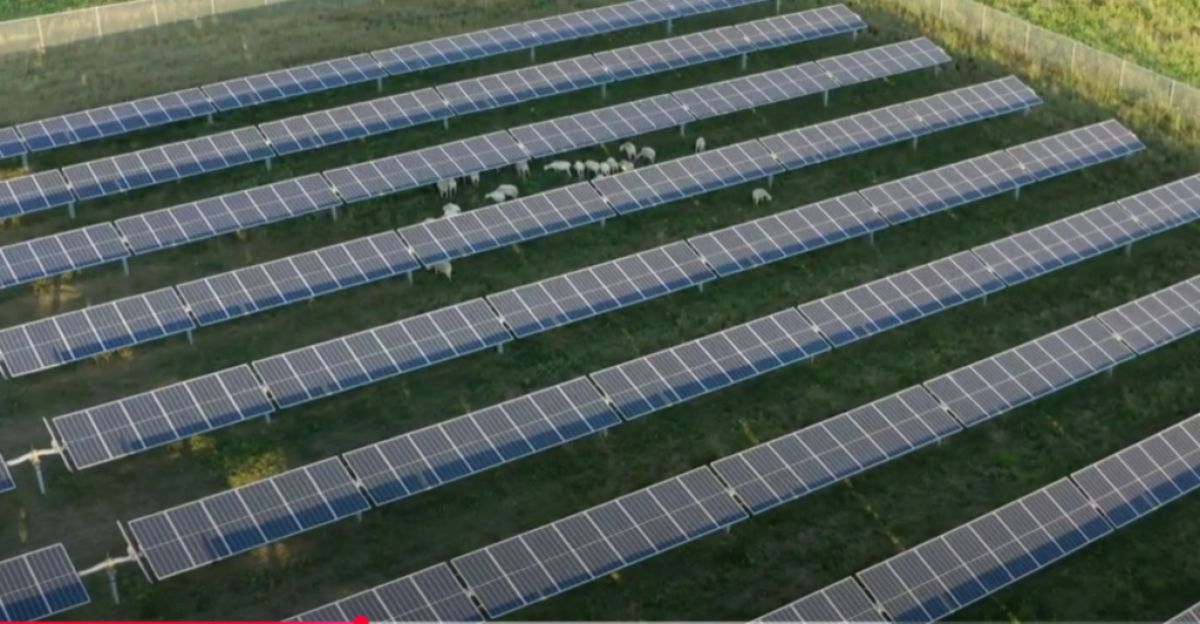
While China’s renewable energy products and services offer environmental benefits, it’s essential to acknowledge the potential downsides. The manufacturing of renewable energy infrastructure can lead to habitat loss and fragmentation. For example, building solar farms can displace species from their natural habitats, while wind turbines pose a risk to birds and bats that may fly into revolving blades. Additionally, disposing of these technologies at the end of their lifespan poses a challenge. Therefore, it is important to establish sustainable practices and responsible recycling to mitigate these risks.
The Effects of Clean Energy on Wildlife

The transition to clean energy does have profound effects on animals and ecosystems, both positive and negative. On the one hand, moving away from fossil fuels significantly reduces air and water pollution, benefiting wildlife by improving the quality of their habitats and decreasing health risks associated with toxic emissions. Therefore, clean energy sources, such as wind and solar, protect whole ecosystems from the destructive practices associated with coal mining and fossil fuel extraction that devastate habitats and poison ecosystems. The solution lies in ensuring that clean energy initiatives do not come at the expense of wildlife conservation.
A New World Order?

China’s quiet power move is reshaping the energy landscape, especially in the Global South, and the geopolitical order. While challenges remain, the potential benefits of affordable, clean energy are immense. Clean energy has both positive and negative effects for humans and wildlife alike, but either way, China is clearly leading this shift to a more equitable and sustainable world.
Explore more of our trending stories and hit Follow to keep them coming to your feed!

Don’t miss out on more stories like this! Hit the Follow button at the top of this article to stay updated with the latest news. Share your thoughts in the comments—we’d love to hear from you!







